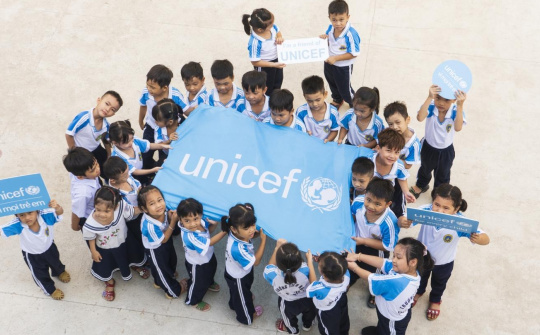Head of the Climate Change Department under the Ministry of Natural Resources and Environment Tang The Cuong announced the above information at a conference on a summary workshop of the HCFC's Phase-out Management Plan - Stage II (HPMP II) project that took place in Ha Noi on December 18.
The project was sponsored by the World Bank (WB) and carried out by the Climate Change Department from 2018-2023.
HCFCs are used in several industries, including refrigeration and air conditioning, fire extinguishers, foams, and solvents.
Viet Nam, one of the five countries suffering the most from climate change, had constantly made efforts to protect the ozone layer and mitigate the impacts of climate change for many years following the Montreal Protocol as well as the United Nations Framework Convention on Climate Change.
In September 2019, the Government issued a resolution ratifying the Kigali Amendment to the Montreal Protocol, under which the country would build a roadmap for control over and reduction of HFCs between 2024 and 2045.
One of the achievements made in the work so far is the legalization of regulations on ozone layer protection in Article 92 of the 2020 Law on Environmental Protection, and guiding documents which will take effect from January 1 next year.
The Montreal Protocol was signed in 1987 and entered into force on January 1, 1989. It is an international treaty designed to protect the ozone layer by phasing out the production of numerous substances that are responsible for ozone depletion.
To date, it has been ratified by 197 countries, and has been one of the most successful environmental agreements to date. A united global effort to phase out ozone-depleting substances means that today, the hole in the ozone layer is healing, in turn protecting human health, economies and ecosystems.
Viet Nam became a signatory of the United Nations Framework Convention on Climate Change in 1992, the Vienna Convention for the Protection of the Ozone Layer and the Montreal Protocol in 1994./.
by VGP






